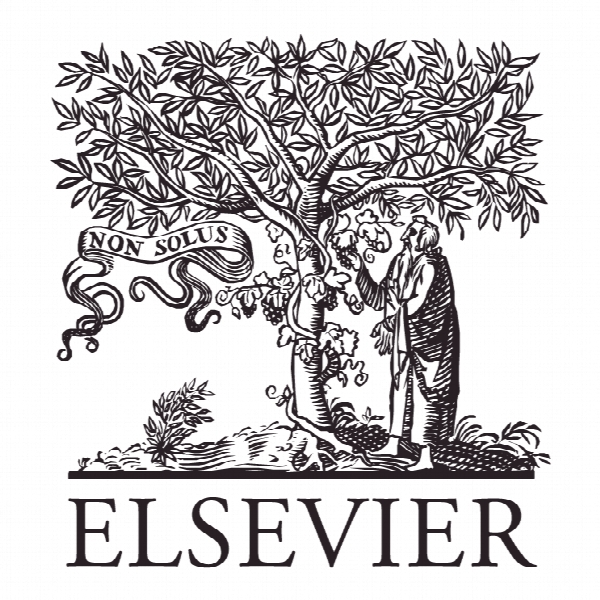پیش بینی منحنی بازده برزیل با استفاده از متغیر فوروارد-لوکینگ Forecasting the Brazilian yield curve using forward-looking variables
- نوع فایل : کتاب
- زبان : انگلیسی
- ناشر : Elsevier
- چاپ و سال / کشور: 2017
توضیحات
رشته های مرتبط مدیریت و اقتصاد
مجله بین المللی پیش بینی – International Journal of Forecasting
دانشگاه دانشکده اقتصاد سائوپائولو، برزیل
نشریه نشریه الزویر
مجله بین المللی پیش بینی – International Journal of Forecasting
دانشگاه دانشکده اقتصاد سائوپائولو، برزیل
نشریه نشریه الزویر
Description
1. Introduction The yield curve of treasury bonds plays a central role in both pricing financial assets and shaping market expectations. As such, accurate forecasts of the yield curve are of great importance for the Treasury, central bankers and market participants in general. Unfortunately, none of the extant models in the literature are able to outperform the random walk benchmark consistently at short horizons, while at the same time providing good forecasts at longer horizons. This paper proposes a forecasting strategy for the yield curve that achieves this. We provide out-of-sample evidence that our forecasting model improves on the random walk benchmark at short horizons (as early as one month ahead) while at the same time providing more accurateforecasts than the extant models at longer horizons. The key ingredient of our strategy is its reliance on a comprehensive data set of macroeconomic and financial variables that are mostly forward-looking. Specifically, we proceed in three steps. In the first, we estimate the entire yield curve using the Nelson and Siegel (1987, NS) parametrization of the yield curve. The NS parametrization successfully summarizes the variation in the yield curve using the level, slope and curvature factors. In the second stage, we predict the future paths of these factors by estimating a factor augmented VAR (FAVAR) model using a comprehensive dataset of macroeconomic and financial variables. Finally, we form forecasts of the yield curve for each maturity at different horizons, using the predicted evolution of the level, slope and curvature factors. We ensure real time forecasts by repeating these three steps at each prediction point. As our forecasting model combines a Nelson–Siegel decomposition of the yield curve with a FAVAR specification, we denote it by NS-FAVAR. Our forecasts of the yield curve beat the random walkbenchmark as early as at the one-month horizon. This represents a significant improvement, given that the available models produce meaningful predictions only from the six-month horizon (see Diebold & Li, 2006; and Moench, 2008). At the one-month horizon, our model forecast errors are 5% lower than those of the random walk benchmark, whereas at longer horizons, they are 20%–40% lower than those of the random walk benchmark.


